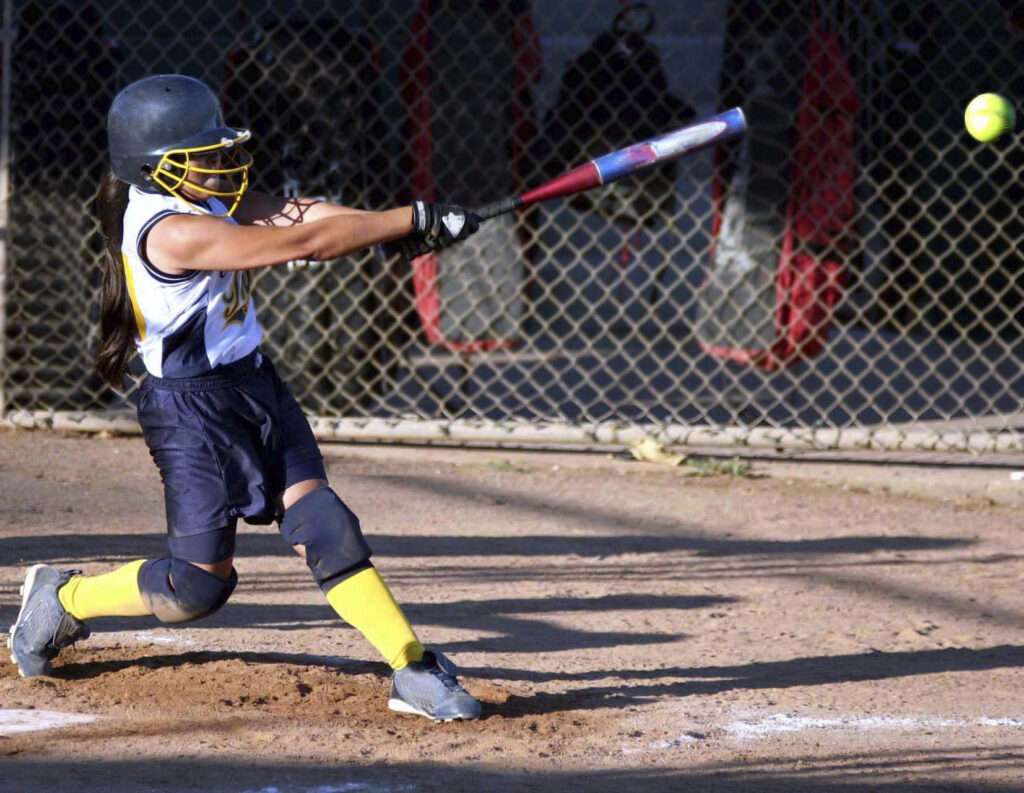Strategies and Tactics to Win in Softball

Do you want your softball team’s strategies to be as efficient as an ace pitcher? Since the first documented softball game in 1887 (Chicago), teams like those in senior softball leagues have fine-tuned their skills and strategies to gain a competitive edge over the opposing team.
After your game on the softball diamond, you can relax by placing online bets on pro and amateur sports. You can bet on “bat and ball” sports or others like basketball, baseball, or football. Visit this page to know more.
Online gambling can also offer other web-based casino games like poker, blackjack, and slots. These games can provide fun and excitement, like playing in the softball world series.
Online gambling can also help you relax and recover if you’ve experienced an injury during a game or practice. An imaging test for elbows can provide a diagnostic examination after injuring your arm while throwing or batting the softball.
When you attend a softball game, it’s easy to get swept up in the excitement. You might be wondering what the rules are, how to catch a ball, and which team to support. If you’re not familiar with the basics of softball, this is the section for you.
As with any sport, there are certain fundamentals that need to be mastered if you want to have a successful game.
How to Catch a Softball

The first step in playing softball is learning how to catch a ball. To do this, simply take hold of the ball with your hand and give it a gentle toss into your opponent’s court. Make sure to keep your arm extended and use your body to shield the ball from injury.
How to Throw a Softball
Once you’ve learned how to catch a ball, it’s time to learn how to throw one. To throw a softball, first find an opening in your opponent’s defense and focus on aiming for the middle of their field. When you release the ball, make sure that your arm is fully extended so that it comes down at an angle perpendicular to the ground.
Let’s examine some tactics and strategies to help boost your squad’s chance of winning softball games.
Tenth Fielding Player

In fast-pitch softball, defensive teams can have ten players on the field. That’s right! A coach often positions the “extra” player in the outfield.
Still, coaches can technically place the tenth player anywhere on the field within fair territory. Fair territory includes inside the first base and third base foul lines. The lines extend from the home base to the bottom of the end of the playing field fence.
When your softball team plays defense, you can position the tenth player anywhere in the outfield or infield as part of your overall strategy. How about an extra “shortstop” between the first and second base?
Pitching Motion
Softball rules require pitchers to throw the ball straightforwardly. In other words, pitchers can’t step backward or to the sides during the ball’s delivery.
So, what happens If the pitcher steps in any direction besides toward home plate? The softball rules consider it a “deceptive” and illegal pitch.
Pitchers may use their arms to create a windmill motion when delivering the ball. Still, they can only use their pitching arm to make one revolution.
Slap Hitting

Left-handed hitters often use this technique versus hard-throwing pitchers. Here’s how it works. The batter will try to “slap” the gap between the shortstop and the third baseman.
The batter also attempts to get a fast start running out of the battery’s box where they try to hit the pitch.
Suppose the player achieves both goals. It will be more challenging for the fielding team to “throw out” (throw the ball to get an out) the runner before they get to first base.
Offense’s Speed and Batter’s Count
An explosive offense needs speed. If your offense has speed, it puts pressure on the defense to react quickly and make fast decisions.
Meanwhile, batters should also be effective at anticipating the pitcher’s pitch selection based on the count.
Let’s say the count is 3-0 (three balls, no strikes). In this situation, you can take more chances as the batter. You need just one more ball to walk (advance to first base after a 4-0 count).
In this situation, consider high-percentage plays.
For example, in this scenario, you may want to play more aggressively. An example is to “lead off” a base. The player takes a position a short distance from the base they’re on, securing a head start to the next base.,
Be sure to know whether or not leading off is permitted in your softball league. In some cases, a runner can steal bases but cannot lead off.
A stolen base involves a baserunner advancing to a base to which they’re not entitled. In other words, they don’t advance from a base hit or walk.
Stealing bases can be part of an effective, aggressive offense that may help your team win a game.
Designated Batter

A designated hitter or batter permits teams to use a player to substitute as a batter for another player.
In baseball, a team must use the designated hitter to replace the pitcher.
However, the rules are different in softball. The softball coach can either use the designated hitter to replace another player or allow all the nine position players to bat.
Suppose the team determines not to use the designated hitter at the beginning of the game. There’s a caveat! The squad cannot use the designated hitter after the game starts.
Late-Inning Strategy
One major difference between baseball and softball is that softball includes seven innings rather than nine.
Teams should consider this rule difference in terms of how to strategize.
While there are exceptions, softball games are often close in the late innings. Teams may use a sacrifice bunt. The batter sacrifices themself (gives up an out) to advance one or more runners to at least one base.
A strategy you can use is a sacrifice bunt to the first base side of the field. Here’s why. If a right-handed first baseman charges towards the ball, they’ll have to turn completely around to toss it to the player covering first base.
How about the left-handed first baseman? It will be easier for the defensive player to field the ball then toss it to another player covering first base.
However, the tactic is still generally effective in late innings of close games.
Wrap Up
The strategies mentioned above may help your softball team win games, whether on offense or defense. When using softball tactics or strategies, ensure your team uses the best method at any particular time.
Is your softball team absolutely, positively “in it to win it”?



